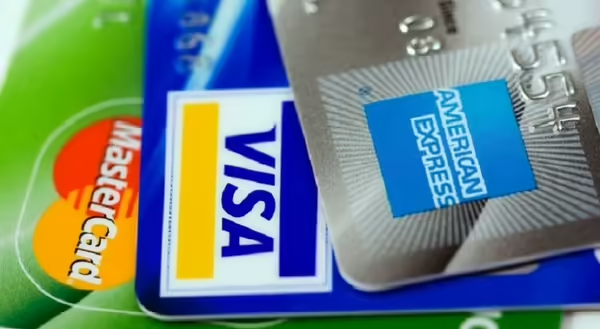
Does the thought of debt make you feel stressed or anxious? You are not alone if that is the case. Debt is linked to financial worry and lower life satisfaction (Tay et al., 2016). Research suggests that a lack of financial literacy is linked to higher levels of stress and anxiety (Pierce & Williams, 2021). Financial literacy education helps people learn to understand and manage their finances. Learning whether you should borrow money and how to manage debts may benefit your financial well-being.
Types of Debt
Debt is money you owe a person or business (CFPB, 2022). Some common types of debt are mortgages, auto loans, student loans, and credit cards. A reason to use credit to take on debt may be for large purchases that would otherwise not be possible, such as mortgages and student loans. In the case of a home purchase, it may be an investment that provides personal value when it is within your financial capability. Other debt, such as retail credit cards, may be linked to impulse spending or purchases that may not fit within your overall financial goals.
Interest Rates and Annual Percentage Rate (APR)
When taking on debt, the repayment typically involves the cost of interest and possibly additional fees. Interest is a percentage of the debt the lender charges for the loan. APR is the percentage of the debt provided to the lender for the loan plus additional fees, which is the all-inclusive cost for borrowing money. The APR varies based on several factors, such as your credit score and the current economic conditions. The higher the APR, the more you are paying to borrow money. Considering the total cost of your purchase against the total cost of the debt is important in understanding financial decision-making that involves borrowing.
Debt Repayment Strategies
- Organize your debt
- Decide how much you can pay toward your debt
- Prioritize your debts for repayment
- Stick to your plan and evaluate your progress
Tools for Managing Debt
Many online tools exist for managing debt. The Utah State University Extension has an online tool called PowerPay that helps to organize your debt and make decisions on how to manage your debt. This tool allows you to compare the repayment strategies, so that you can visualize what makes the most sense for you. Delinquency is the term used for unpaid debts. When debts go unpaid, the increasing cost of interest and fees can snowball quickly. As household debt for the first quarter of 2023 has risen, staying on top of your financial goals may prevent financial-related stress.
References
Consumer Financial Protection Bureau (CFPB). (2022). Building Blocks Student Handout: What is Debt?. Consumerfinance.gov
Pierce, T., & Williams, A. (2021). Large number of Americans reported financial anxiety and stress even before the pandemic. FINRA.org.
Tay, L., Batz, C., Parrigon, S., & Kuykendall, L. (2016). Debt and subjective well-being: The other side of the income-happiness coin. Journal of Happiness Studies, 18(3), 903–937.
Meet the Author
Jamie Mahlandt is a financial educator for Bond, Clinton, Jefferson, Marion, and Washington counties in Southern Illinois. She provides financial education to the local community with an emphasis on financial literacy and financial well-being.
Subscribe
Subscribe to blog updates HERE.